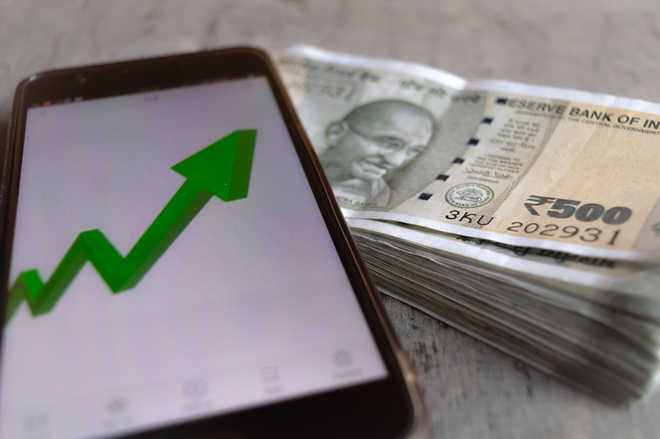
India achieved a seven-plus growth rate over the last 15 years. iStock
Washington, October 16
India had halved its poverty rate since the 1990s and achieved a seven-plus growth rate over the last 15 years, the World Bank said on Tuesday.
India is both critical to the success of global development efforts, including eliminating extreme poverty, and as an influential leader for global goods such as addressing climate change, the Bank said ahead of the annual meeting between it and the International Monetary Fund.
The country had achieved annual growth exceeding 7 per cent over the last 15 years, halved its poverty rate since the 1990s, and enjoyed strong improvements in most human development outcomes, the World Bank said.
Noting that India’s growth is expected to continue and elimination of extreme poverty in the decade is within reach, it said at the same time the country’s development trajectory nonetheless faced considerable challenges.
For this, the World Bank said India would need to achieve greater resource efficiency as it sustained growth, given its resource endowments and large population.
Land would need to be used more productively in urban areas by the spatial transformation of cities achieving “agglomeration economies” and in rural areas by increased agricultural productivity, it said.
India’s water management would need to provide for shifting water allocation to higher-value uses and policies to increase the value of water use within sectors. In addition, 230 million people are not properly connected to the electricity grid while generation would need to be less carbon-intensive, the World Bank pointed out.
“More generally, India’s rapidly growing economy needs investment in infrastructure, an estimated 8.8 per cent of GDP or USD 343 billion a year until 2030,” it said.
Second, sustained growth will also need to accelerate inclusion, especially to create more and better jobs. While an estimated 13 million people entered the working age population each year, only three million new jobs are being generated on an annual basis, the financial institution said.
The World Bank said a particular challenge lay in India’s declining female labour force participation, which at 27 per cent is among the lowest in the world despite overcoming gender gaps in education.
“Finally, India’s public sector institutions will need to be modernised to deliver services and regulations that match the aspirations of a middle income country; this will entail improving accountability and effectiveness, improving the ability of the state to interface with the private sector, and strengthening the compact among tiers of government to improve service delivery,” the Bank said. PTI



























